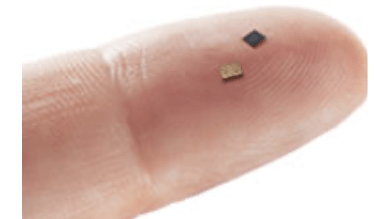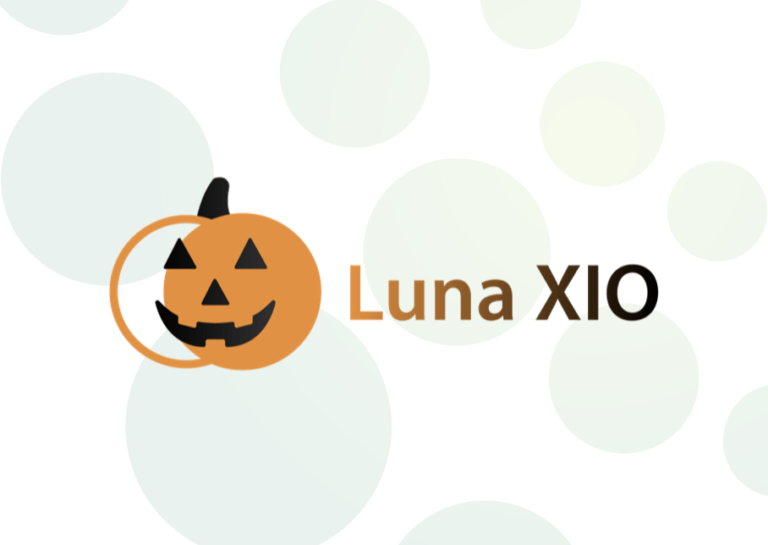IoT in 2023 (or: How ‘Boring’ is Brilliant)
2023 was a banner year for the Internet of Things: Three milestones set the stage for 2024.
Last year the Internet of Things (IoT) and Luna XIO hit some major milestones. Most importantly, Bluetooth Low Energy (BLE) devices hit the level of ubiquity and acceptance that they became “boring.” And for technology, boring is good. Boring technology means that it is woven into the fabric of daily life. As we start the New Year, we can look back at 2023 as the year BLE and IoT hit a turning point. From BLE devices becoming cheaper and more capable, to widespread acceptance of having everything around you accessible online, the stage is set for real innovation. And the final piece of the puzzle was how Luna’s own innovative Bluetooth-to-Cloud protocol seamlessly and securely connects all these devices to the cloud, enabling real-time tracking and environmental sensing in places and devices never thought possible.
Luna was at the forefront of these important milestones, setting the stage for 2024 to be a breakthrough year in how businesses use and deploy Bluetooth in exciting new ways. So as we look ahead to 2024, let’s look back at three key milestones from 2023 that will shape the year ahead.
Milestone 1: Ubiquity (or ‘Boringness’) of Bluetooth
Look around you. How many IoT devices are in your immediate space? Speakers, thermostats, appliances, toys, home security systems, and even your car have become integral parts of the Internet of Things. Now shift your perspective to industrial, retail, or commercial settings. Here, a plethora of equipment, ranging from barcode scanners and mobile computers to printers, is interconnected and Bluetooth-enabled, marking their entry into the IoT realm. Just a few years ago, the notion of connecting such ‘dumb’ devices to the internet might have seemed unnecessary. Today, however, it’s essential for efficient operations. Imagine a Bluetooth-enabled printer in a warehouse receiving instructions wirelessly, thereby streamlining the workflow. Or a barcode scanner that updates inventory in real-time, significantly enhancing both efficiency and accuracy. These IoT-enabled devices aren’t just conveniences; they’re revolutionizing the way we manage and operate across various sectors
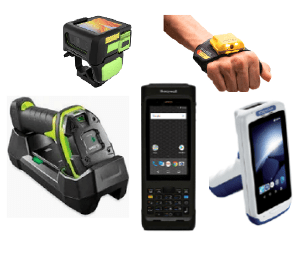
We expect to be able to connect and interact with everything around us over the internet. BLE and IoT have gotten to the place of being widely accepted–of being boring–so now we’re ready to start doing even more innovative and extraordinary things. We’re moving into a world where our connected devices can help solve problems with food security, supply chain disruptions, and delivering better healthcare to an aging population.
New and exciting technologies might be exciting, but they are also unproven. They are neat gadgets that may–or may not–take off. We’ve all witnessed exciting new devices and technologies that didn’t move past the fad phase. It’s the technologies that have become boring, so ubiquitous that we accept them as part of daily life that actually have the most opportunity for innovation.
The first cell phones were a novelty. They were expensive, didn’t work everywhere, and were, let’s face it, big and ugly. Today, nearly everyone has a cell phone. So much so that fewer and fewer people have a landline at all. We don’t think anything of that. We couldn’t trust cell phones at first, but now we don’t leave the house without one.
IoT and Bluetooth have reached trusted technology status. Trusted technologies can be innovative. They can push into new areas purely because everyone knows they will work. Hospitals can’t trust something that sends patient data “most of the time”, they need something that will, without fail, send vital signs and data to doctors and nurses. Not long ago telling a hospital that you could use Bluetooth to send information from the bedside to the nurse’s station would bring up visions of trying to get speakers and headphones to pair with phones. They would remember how pairing doesn’t always work and can stop working for no apparent reason. No hospital could trust technology like that.
But now we have devices like digital pencils, wireless earbuds, and low-energy tracking tags that do just work and stay working. So now saying Bluetooth devices will let nurses know when someone’s oxygen tank is low, or a patient has wandered away from a secure area, or knowing where a piece of equipment is, isn’t a problem at all.
All because the technologies have gotten so good, so well accepted, so ubiquitous, that they have become boring.
Milestone 2: Luna XIO recognized for technical excellence and innovation for its groundbreaking protocols
The International Society of Service Innovation Professionals (ISSIP) awarded Luna its inaugural Overall Impact–Business, Society, Innovation Award for its Bluetooth-to-Cloud protocol. This accolade underscores the protocol’s potential to revolutionize sectors ranging from food security to supply chains and healthcare.
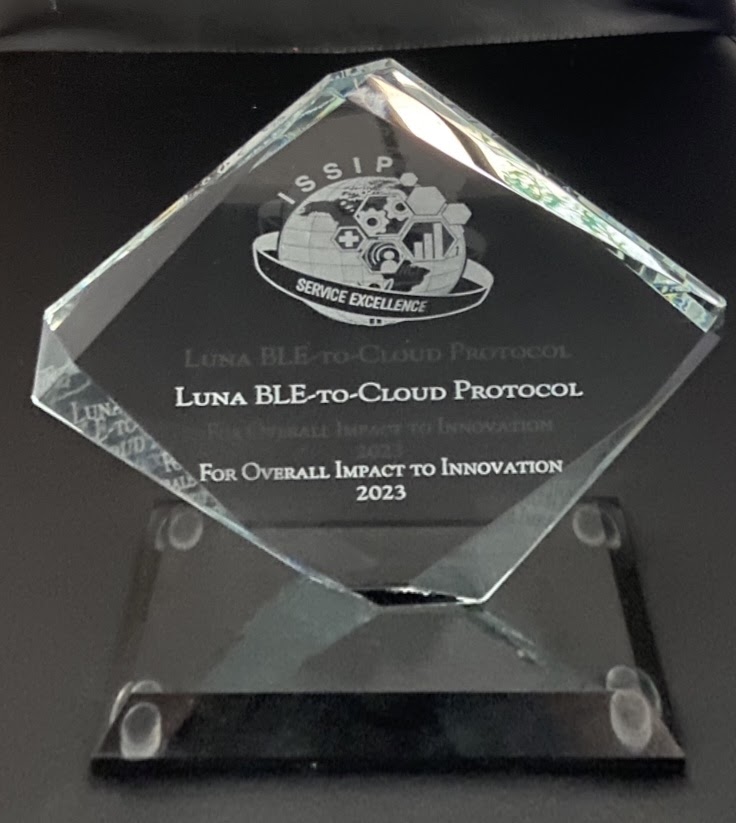
Luna’s approach is anchored in a specialized ‘Zero Trust’ security model. In this framework, software-enabled data gateways such as barcode scanners or work mobile devices transmit information without actually having access to it. The data remains encrypted and secured during transit, becoming accessible only to authorized systems at its final destination. This strategy significantly bolsters security by ensuring data integrity throughout the transmission process.
Luna’s technology stands out with its innovative ‘Zero Touch’ functionality, which allows devices to securely transmit data to the cloud without the need for pairing. This eliminates manual processes and operates seamlessly in the background. By reducing the need for active staff involvement, it streamlines operations and minimizes the risk of human error, offering a more efficient and reliable solution.
The combination of these advanced features allows for efficient and secure monitoring and tracking with Luna-enabled BLE sensors and tags. They are low-cost, durable, and easy to deploy, integrating smoothly with existing networks and hardware. Companies can manage these Luna-enabled gateway devices effortlessly through their Mobile Device Management (MDM) systems, significantly enhancing the practicality and scalability of IoT implementations
Haroon Abbu, ISSIP Service Excellence Awards Chair, and SVP, Digital, Data and Analytics for Bell and Howell, praised Luna XIO’s achievement, stating, “Luna’s BLE-to-Cloud Protocol exemplifies the essence of innovation that ISSIP champions. It showcases the potential to redefine entire industries.”
“Our mission is to connect the next 100 billion devices to the Internet,” shared Arman Maghbouleh, COO of Luna XIO.
Behind this innovation in connecting devices are breakthroughs in the devices themselves. No longer hampered by size, cost, or battery life, BLE devices the size of pin-heads are starting to become available, so can be deployed nearly anywhere.
Milestone 3: Smaller, cheaper, longer-lasting BLE devices
In 20 years since Bluetooth first emerged, you can now find Bluetooth-enabled devices everywhere. More than just speakers and headphones, Bluetooth devices are deployed in transportation, healthcare, toys, and things we wear every day. More importantly, Bluetooth and BLE chips have gotten smaller, require less power, and boast battery lives measured in years.
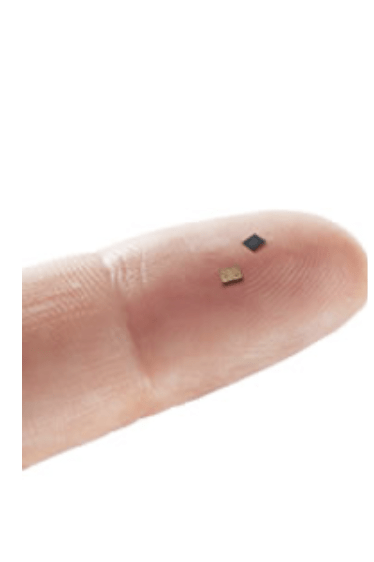
Just a few years ago putting a sensor on every industrial tote, or insulated container of medicines, or pallet of produce wouldn’t be practical. The devices were too big and batteries couldn’t last more than a few weeks–certainly not long enough for most transportation times. Soon, BLE sensors will be printed on stickers and placed nearly anywhere. Low-cost devices costing a few dollars or less with batteries can last years, not just weeks. It’s now practical to not only put sensors on every pallet, you can deploy arrays of sensors in every truck to give real-time data on everything about the shipment from when it leaves the factory to when it arrives in the store, to when a consumer uses it.
2024: Starting to connect the next 100 billion things
Luna’s ground-breaking protocols, technological advances, and widespread acceptance of these systems make 2024 the turning point year for real-time monitoring and tracking. The new technologies are like enterprise and industrial-grade Apple AirTags, but, more robust, more affordable, more capable, and more scalable than ever before.
Leveraging its award-winning technologies, Luna is poised to take advantage of all these wins from 2023 and make the connected world better with new and exciting innovations for transportation, healthcare, shipping, and work. These innovations will be able to reduce food waste, improve supply chain resiliency, and bring healthcare solutions that will help more people lead healthier, independent lives away from hospitals.
Get in touch to learn more about Luna XIO and how it’s changing how we think about IoT and connecting the next 100 billion things.
